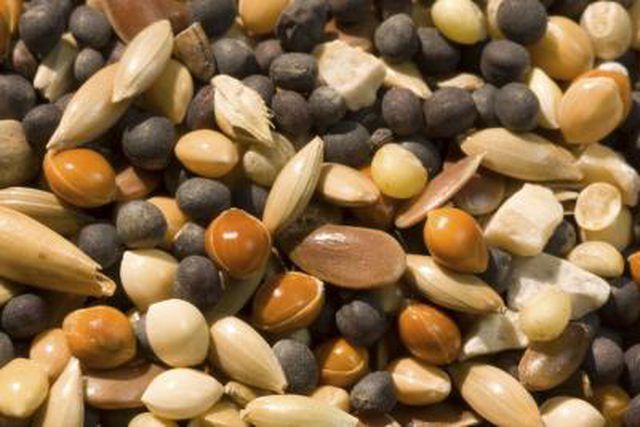Bulbs
Flower Basics
Flower Beds & Specialty Gardens
Flower Garden
Garden Furniture
Garden Gnomes
Garden Seeds
Garden Sheds
Garden Statues
Garden Tools & Supplies
Gardening Basics
Green & Organic
Groundcovers & Vines
Growing Annuals
Growing Basil
Growing Beans
Growing Berries
Growing Blueberries
Growing Cactus
Growing Corn
Growing Cotton
Growing Edibles
Growing Flowers
Growing Garlic
Growing Grapes
Growing Grass
Growing Herbs
Growing Jasmine
Growing Mint
Growing Mushrooms
Orchids
Growing Peanuts
Growing Perennials
Growing Plants
Growing Rosemary
Growing Roses
Growing Strawberries
Growing Sunflowers
Growing Thyme
Growing Tomatoes
Growing Tulips
Growing Vegetables
Herb Basics
Herb Garden
Indoor Growing
Landscaping Basics
Landscaping Patios
Landscaping Plants
Landscaping Shrubs
Landscaping Trees
Landscaping Walks & Pathways
Lawn Basics
Lawn Maintenance
Lawn Mowers
Lawn Ornaments
Lawn Planting
Lawn Tools
Outdoor Growing
Overall Landscape Planning
Pests, Weeds & Problems
Plant Basics
Rock Garden
Rose Garden
Shrubs
Soil
Specialty Gardens
Trees
Vegetable Garden
Yard Maintenance
How to Plant Brown Top Millet
How to Plant Brown Top Millet. Home garders plant browntop millet (Panicum ramosum, also called Urochloa ramosa or Brachiaria ramosa) to attract wild birds to nature gardens and to collect the seed for bird feeders. You can either sow the small browntop millet seeds shallowly or scatter them on top of the ground. Seeding rates depend on whether...

Home garders plant browntop millet (Panicum ramosum, also called Urochloa ramosa or Brachiaria ramosa) to attract wild birds to nature gardens and to collect the seed for bird feeders. You can either sow the small browntop millet seeds shallowly or scatter them on top of the ground. Seeding rates depend on whether you are planting it for bird cover or for its seed.
Climate
Browntop millet is warm season annual bunch-grass that grows 2 to 3 feet tall. It is native to humid climates of the Southeast Asia and has become naturalized in Maryland, Virginia and Kentucky, south to Florida and west to Texas and Oklahoma, an area roughly corresponding to U.S. Department of Agriculture plant hardiness zones 6 through 10. It dies at the first autumn frost.
Soil, Rainfall and Nutrients
Browntop millet likes sandy-loam soil with a 5 to 6.5 soil pH. Sandy loam is sandy soil that also contains clay and silt. It does not like soil with a pH above 7. It likes 30 to 60 inches of annual rainfall and does not perform well in drought or in soils that are soggy. If you have not had your soil tested for nutrient deficiencies, fertilize your soil before seeding with 1 2/5 pounds of nitrogen (N), 9/10 pound of phosphorus (P) and 1 2/5 pound of potassium (K) per 1,000 square feet. Work the fertilizer into the top 6 inches of soil. The three fertilizer numbers on a bag show the ratio by weight of N, P and K.
Planting Depth and Rates
Sow browntop millet 1/4 to 1/2 inch deep at the rate of 1/3 to 1/2 pound per 1,000 square feet or scatter 1/2 to 1/3 pound of seed per 1,000 square feet on top of the ground. Plant it any time between early spring and early summer. Browntop millet seedheads shatter easily, so it naturally reseeds itself. Water the planting site after sowing the seeds and water weekly, depending on local weather conditions and rainfall.
Maturation and Yield
Browntop millet matures in 60 to 90 days. If you are a home grower wanting to attract wild birds to your garden, sow the seeds at the lower rates to provide clear, open ground in the millet that birds like. If you want to collect seeds for bird feeders, sow at the heavier rates. If you grow it for its seed, it should yield roughly 28 pounds of seed per 1,000 square feet.